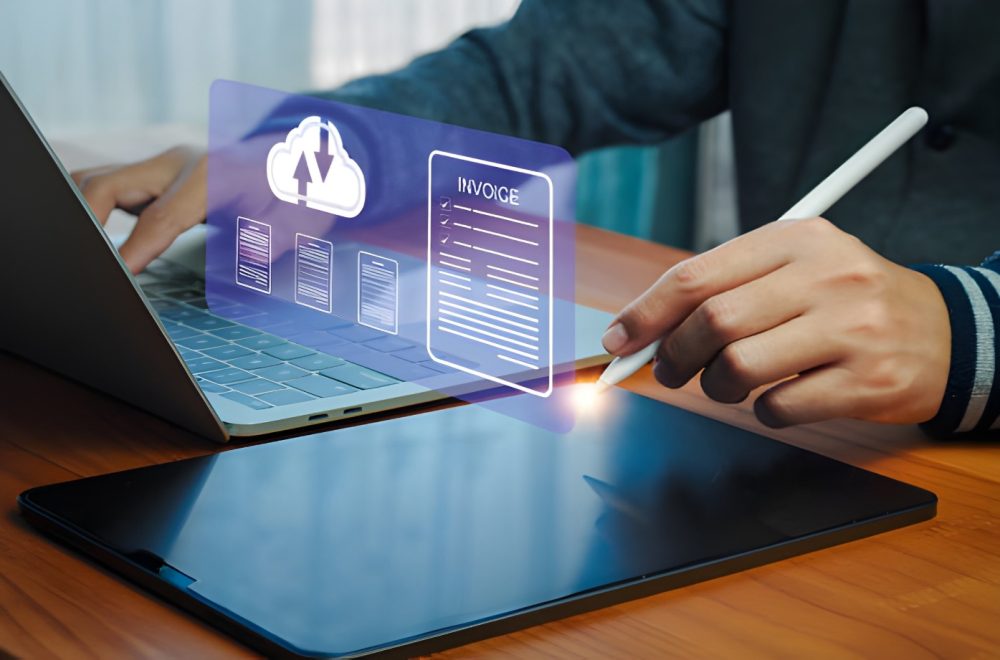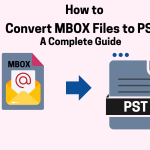The Saudi Arabian financial processes have been digitally transformed and have made a huge difference in the businesses, particularly due to the imposition of electronic invoicing by the government. E-invoicing and e-billing are the two concepts that may be used as synonyms, yet they imply two possible dimensions of financial operations. To those companies working in the Kingdom, the differences between the two concepts are important to comply, efficiently operate, and utilize technology to simplify business processes. The difference is especially critical due to the fact that organizations in Saudi Arabia are moving to E-invoicing to ensure that they comply with the legal provisions, as stipulated by the Zakat, Tax and Customs Authority (ZATCA).
Here are the Key Differences Between E-Invoicing and E-Billing in Saudi Arabia
Regulatory Compliance
The regulatory compliance is one of the most important differences in the Saudi Arabian context. E-invoicing in Saudi Arabia is referred to as FATOORA, which is a legally binding system governed by ZATCA. It demands that companies should prepare invoices in a machine-readable format such as XML, incorporate digital signatures, and submit an invoice through the platform of ZATCA in near real-time. The main objective is to make sure that there is accuracy in the reporting of taxes and reduction of fraudulent invoicing procedures.
Conversely, e-billing is a wider term, which entails the transmission of electronic bills to the customer. Although e-billing can be considered as a part of a compliant e-invoicing process, the legal requirements are not necessarily the same. E-billing can be used in businesses as a substitute of their internal accounting, sending payment demands, or convenience to their customers without requiring strict validation requirements as provided by ZATCA. This difference is critical in case companies are interested in using Quickdice ERP because this platform guarantees full compliance of all e-invoices, and still, facilitates the flexibility of billing procedures in general.
Perspective: Buyer vs Seller
The other important distinction is in point of view. In the eyes of a buyer, the invoices that come into the company are e-invoices, which are an essential component of the process of Order-to-Pay. They are checked by accuracy and compliance of such invoices and they are crucial in the accounts payable management.
In the case of the seller, the pending electronic bills are known as e-bills, as a part of the Order-to-Cash process. E-billing concentrates on billing delivery and payments that might encompass more formal compliant e-invoices but also on less formal electronic notices. Quickdice ERP helps businesses to balance both sides of the word to ensure that sellers produce compliant e-invoices that are required by law but keep the billing cycle flowing smoothly to clients.
Structure and Validation
The degree of structure and validation is a major technical difference between e-invoicing and e-billing. In Saudi Arabia, e-invoicing mandates that invoices must be formatted in a machine-readable format, usually XML, so that they can be automatically processed, audited and their validity verified in real-time by ZATCA. Phase2 of e-invoicing requires cryptographic stamping to ensure authenticity and integrity.
E-billing, on the contrary, is a more flexible structure. Although formal e-bills are usually compliant e-invoices, e-billing may also be described as informal electronic messages about the payment, which has to be made. By adopting Quickdice ERP, organizations can streamline their invoice templates to comply with the legal criteria in addition to tailoring e-bills to fit internal purposes or communication to clients. This combined functionality is the guarantee of complying without losing operational flexibility.
Business Impact and Functionality.
Another factor of differentiation is functionality. The main aim of e-invoicing is to create legally acceptable tax invoices that are checked against the platform of ZATCA. This makes businesses comply with the standards of tax accuracy and reporting by the Saudi government. It is a process that is highly legalized and transparent.
Comparatively, e-billing has a wider scope in the billing cycle, such as the creation of invoices, delivery, follow-up and payment processing. It does not only care about compliance, but also operation efficiency, cash flow management and customer satisfaction. With the adoption of an integrated ERP system such as Quickdice ERP, business entities can easily be in a position to control e-invoicing and e-billing and ensure efficiency without going against the legal requirements of E-invoicing in Saudi Arabia.
Benefits of an ERP to E-Invoicing and E-Billing.
Modern ERP system implementation is very helpful in business that face the challenge of navigating the e-invoicing and e-billing difference in Saudi Arabia. Quickdice ERP is a platform that provides fraud compliant e-invoices, organized document formats, and cryptographic checks. It also offers the services of flexible e-billing including automated payment reminders, reporting and reconciliation, which improves the overall efficiency of financial operations.
Moreover, Quickdice ERP will minimize human errors since tax calculations and invoice validation are automated, which means that the program complies with regulations of ZATCA. This is especially important because the failure to comply may lead to fines and legal issues. Automation and real-time monitoring will allow businesses to be more strategic in their financial planning instead of manual processing.
The Strategy of the Importance of Learning the Difference.
To the businesses in Saudi Arabia, understanding the distinction between e-invoicing and e-billing is not merely a matter of complying with the rule, but it is a strategic move. When properly implemented, businesses are in a position to streamline cash flow, enhance the accuracy of reports as well as foster relationships with its buyers and suppliers. E-invoicing is a direct contrast to e-billing in Saudi Arabia is more than a technical difference because it directly influences the efficiency of operations, customer satisfaction, and compliance with regulations.
Through the utilization of Quickdice ERP, business organizations will be able to gain a competitive edge by combining the legal invoicing and the ability to create bills flexibly. This guarantees that businesses will stay dynamic as they maneuver the tricky regulatory environment, which will eventually result in the long-term growth.
Conclusion
To sum up, e-invoicing and e-billing are used interchangeably, but in Saudi Arabia, they have different functions. E-invoicing is an authoritative, legitimate and confirmed mechanism that is legally required to comply with regimes of ZATCA and is primarily intended to provide e-billing as a general concept that includes the general electronic billing communication. The knowledge of these differences is important to businesses that seek compliance, efficient operation and smooth financial management.
Implementing a solution such as Quickdice ERP would guarantee that companies are able to manage both processes efficiently. It provides the tools to control compliant e-invoices, structured data formats, and adaptable billing processes, while improving overall financial efficiency. Understanding the distinction between E-invoicing vs e-billing in Saudi Arabia allows businesses to position themselves for long-term success, maintain a clear operational outlook, and operate in full compliance with Saudi Arabia’s regulatory requirements.



